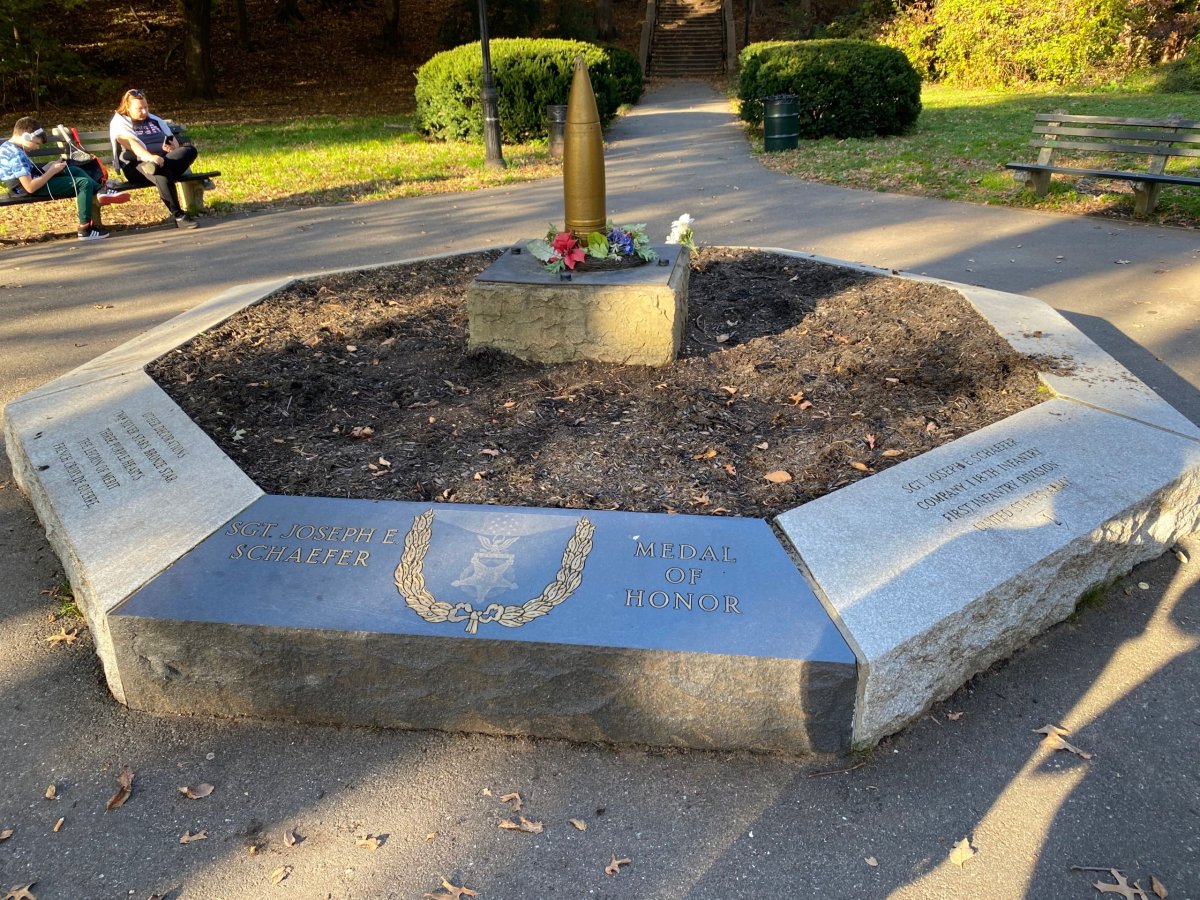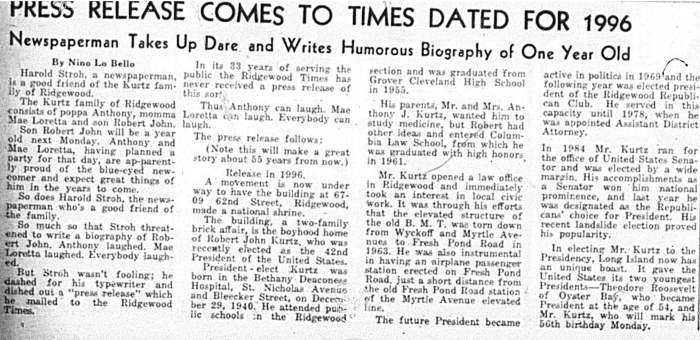Hidden just steps away from the most prominent war memorial in Richmond Hill, amid a quiet green oval of Forest Park, is a humble yet proud tribute to a local hero who served his community and nation with pride.
The Sergeant Joseph E. Schaefer Oval is located only a short walk from the Buddy Memorial, the World War I tribute that towers over the corner of Myrtle Avenue and Memorial Drive, which is also known as the Richmond Hill gate of Forest Park.
Far newer than the Buddy Memorial, the Schaefer Oval was originally dedicated in the spring of 1987, mere weeks after the World War II hero and recipient of the Congressional Medal of Honor died at the age of 68.
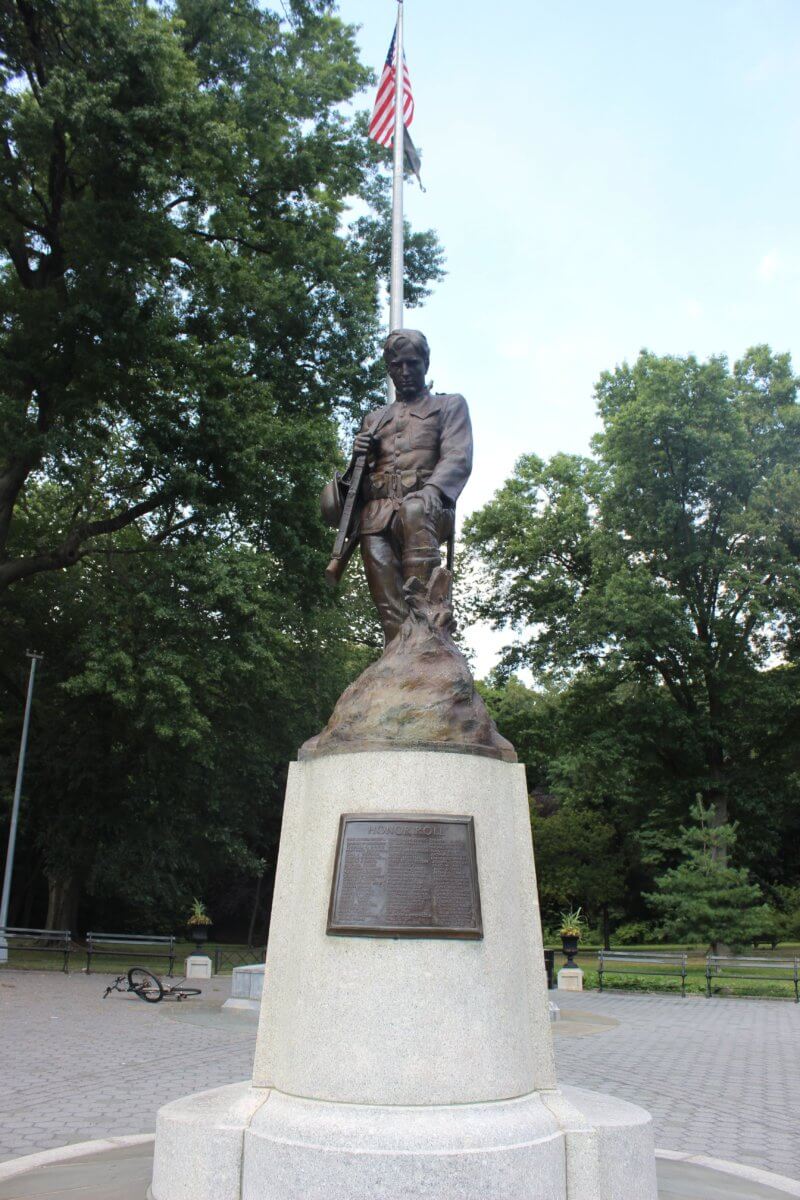
A lone artillery shell sits atop granite at the heart of the monument, located within an octagon composed of stone. Details about Schaefer’s life are inscribed at the top of the octagon, along with the insignia of the Medal of Honor — the highest award an American soldier can receive.
While the Medal of Honor is usually awarded posthumously, Schaefer lived to receive the award for his heroic efforts in stopping a Nazi advance in Germany in September 1944 — nearly four months after the D-Day invasion, as the Allied Forces pushed Nazi Germany back across the continent en route to victory the following May.
Schaefer spent most of his life in Richmond Hill and lived in the neighborhood when he joined the Army during World War II. He rose the ranks to become a staff sergeant by the time he and his battalion found himself defending an outnumbered squadron against an advancing Nazi infantry near the German town of Stolberg, only a few miles to the east of the Belgian border, on Sept. 24, 1944.
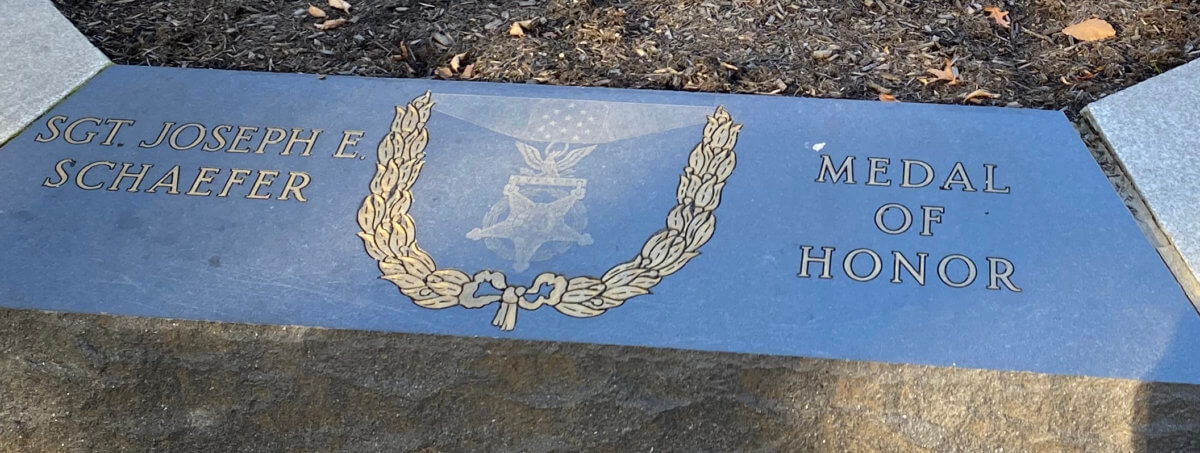
The citation on the Medal of Honor captures the daunting challenges Schaefer faced that day, and the incredible risks he took to defend his men in battle and stop the advance:
“He was in charge of a squad of the 2nd Platoon in the vicinity of Stolberg, Germany, early in the morning of 24 September 1944, when 2 enemy companies supported by machine guns launched an attack to seize control of an important crossroads which was defended by his platoon. One American squad was forced back, another captured, leaving only SSG Schaefer’s men to defend the position.
“To shift his squad into a house which would afford better protection, he crawled about under heavy small-arms and machine gun fire, instructed each individual, and moved to the building. A heavy concentration of enemy artillery fire scored hits on his strong point. S/Sgt. Schaefer assigned his men to positions and selected for himself the most dangerous one at the door.
“With his M1 rifle, he broke the first wave of infantry thrown toward the house. The Germans attacked again with grenades and flame-throwers but were thrown back a second time, S/Sgt. Schaefer killing and wounding several.
“Regrouped for a final assault, the Germans approached from 2 directions. One force drove at the house from the front, while a second group advanced stealthily along a hedgerow. Recognizing the threat, S/Sgt. Schaefer fired rapidly at the enemy before him, killing or wounding all 6; then, with no cover whatever, dashed to the hedgerow and poured deadly accurate shots into the second group, killing 5, wounding 2 others, and forcing the enemy to withdraw.
“He scoured the area near his battered stronghold and captured 10 prisoners. By this time the rest of his company had begun a counterattack; he moved forward to assist another platoon to regain its position. Remaining in the lead, crawling and running in the face of heavy fire, he overtook the enemy, and liberated the American squad captured earlier in the battle.
“In all, single-handed and armed only with his rifle, he killed between 15 and 20 Germans, wounded at least as many more, and took 10 prisoners. S/Sgt. Schaefer’s indomitable courage and his determination to hold his position at all costs were responsible for stopping an enemy breakthrough.”
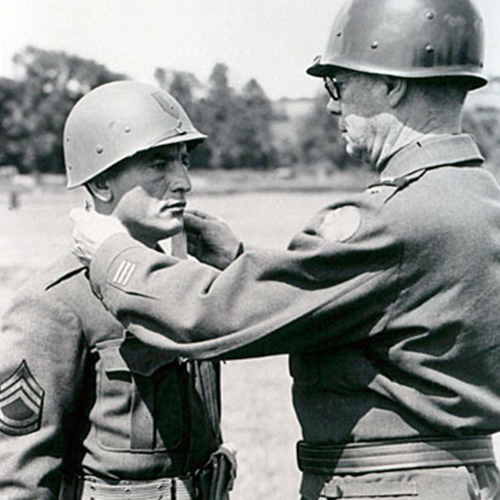
Schaefer’s heroics earned him the Congressional Medal of Honor, which he received on Aug. 22, 1945. To date, only about 10 percent of the 3,473 Americans who received this nation’s highest award for valor were alive to have the medal placed around their neck.
Even after his valorous service to our country during World War II, Schaefer returned to combat a few years later during the Korean War, serving a tour of duty in the Army.
Schaefer then returned to Richmond Hill for the remainder of his life. Despite his heroism, according to the New York Daily News, he lived a relatively quiet life. He was known for tending bar in the community but spoke little of his war life.
The Daily News reported in his obituary that Schaefer once said he did not consider himself a hero, and that he was “scared as hell” during battle.
Before his death, local residents and veterans sought to have a tribute to Schaefer created in his honor. Several elected officials representing the community at the time, including Assemblyman Anthony Seminerio and Congressman Joseph Addabbo Sr., sent letters to then-Mayor Ed Koch in support of the idea.
Koch eventually approved the plan in November 1986, and the oval was dedicated the following May. Schaefer, however, would not live to see the dedication; he died at a Staten Island VA hospital in March of 1987.
Following a Mass of Christian Burial at Holy Child Jesus Church in Richmond Hill, Schaefer was interred at Long Island National Cemetery in Farmingdale, Long Island.
Nearly 40 years after its creation, the Schaefer Oval memorial is one of the more serene settings in Forest Park, a place where people can sit and reflect in peaceful freedom — the kind that Schaefer, and so many other brave Americans, fought so hard to achieve.
Pining for history

The next time you stop by the Richmond Hill gate, you should check not only the war memorials there, but also one of the best patches of pine trees in the entire city.
It’s called the 1914 Pine Grove, consisting of 2,500 Eastern pine trees that were planted that year to help replace some of the 15,000 chestnut trees in Forest Park that had died as a result of the American chestnut blight.
Taking a stroll through the pine grove, in the middle of our bustling borough, is something quite unique. The trees’ fragrance is potent and everywhere, and the pines themselves soar into the sky; they must be among some of the tallest pines in New York City, if not the state.
The Parks Department says the pine grove is home to all kinds of wildlife, from owls to chipmunks and other critters that enjoy making homes in tree cavities.
The grove was restored in 2017 with the help of local Councilman Eric Ulrich. The restoration included new signage as well as tree planting and pruning.
* * *
If you have any remembrances or old photographs of “Our Neighborhood: The Way It Was” that you would like to share with our readers, please write to the Old Timer, c/o Ridgewood Times, 38-15 Bell Blvd., Bayside, NY 11361, or send an email to editorial@ridgewoodtimes.com. Any print photographs mailed to us will be carefully returned to you upon request.

